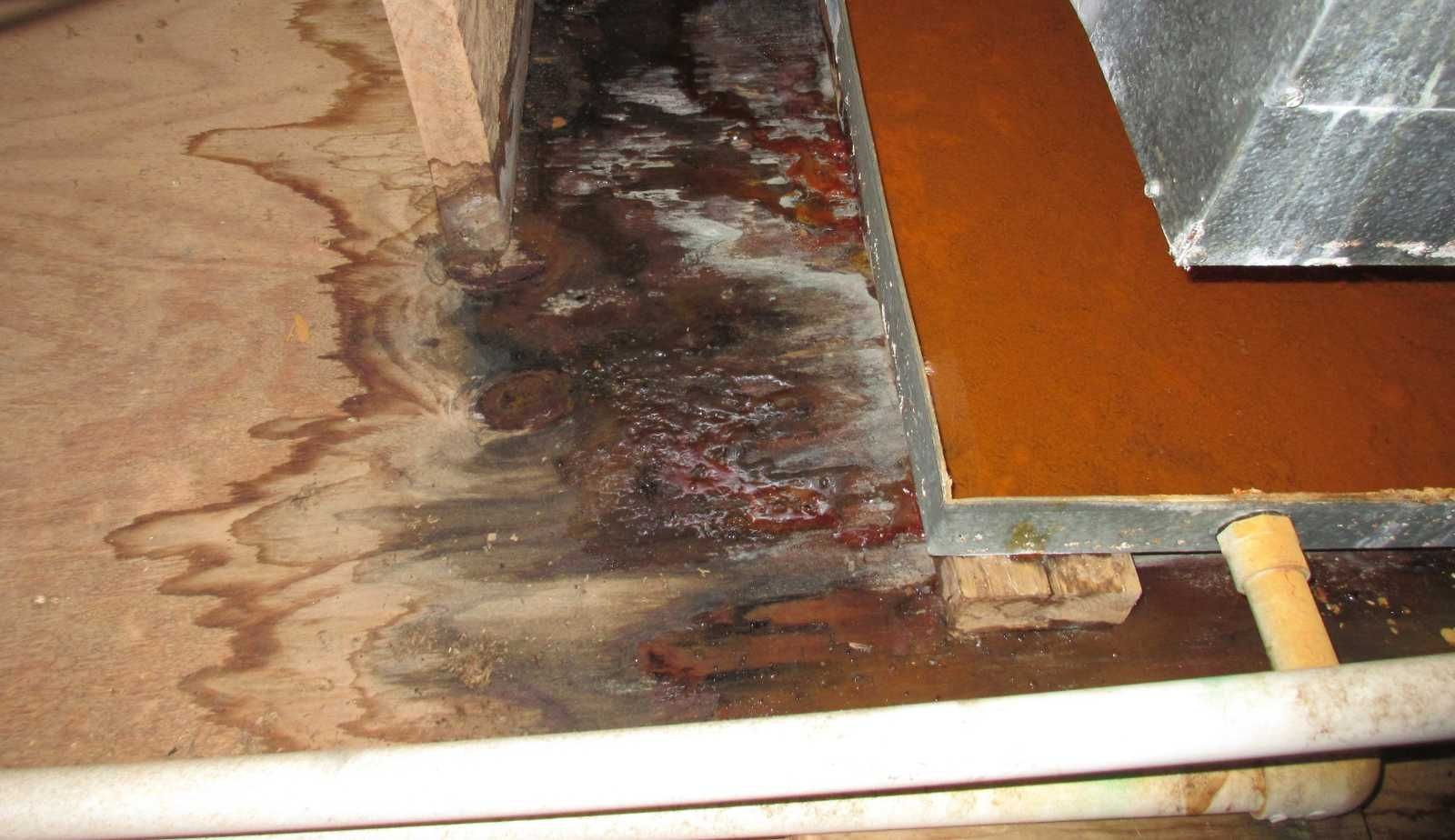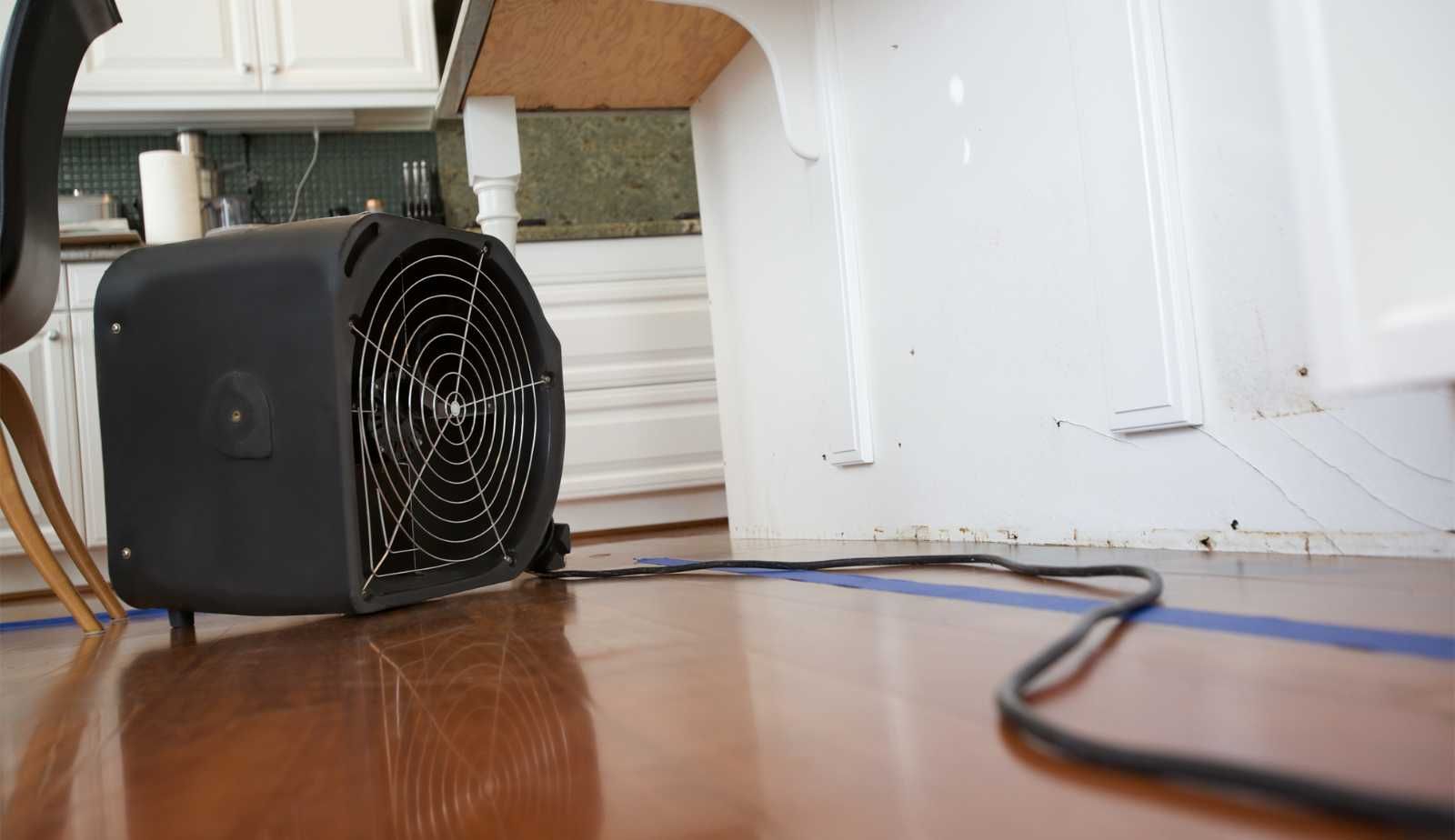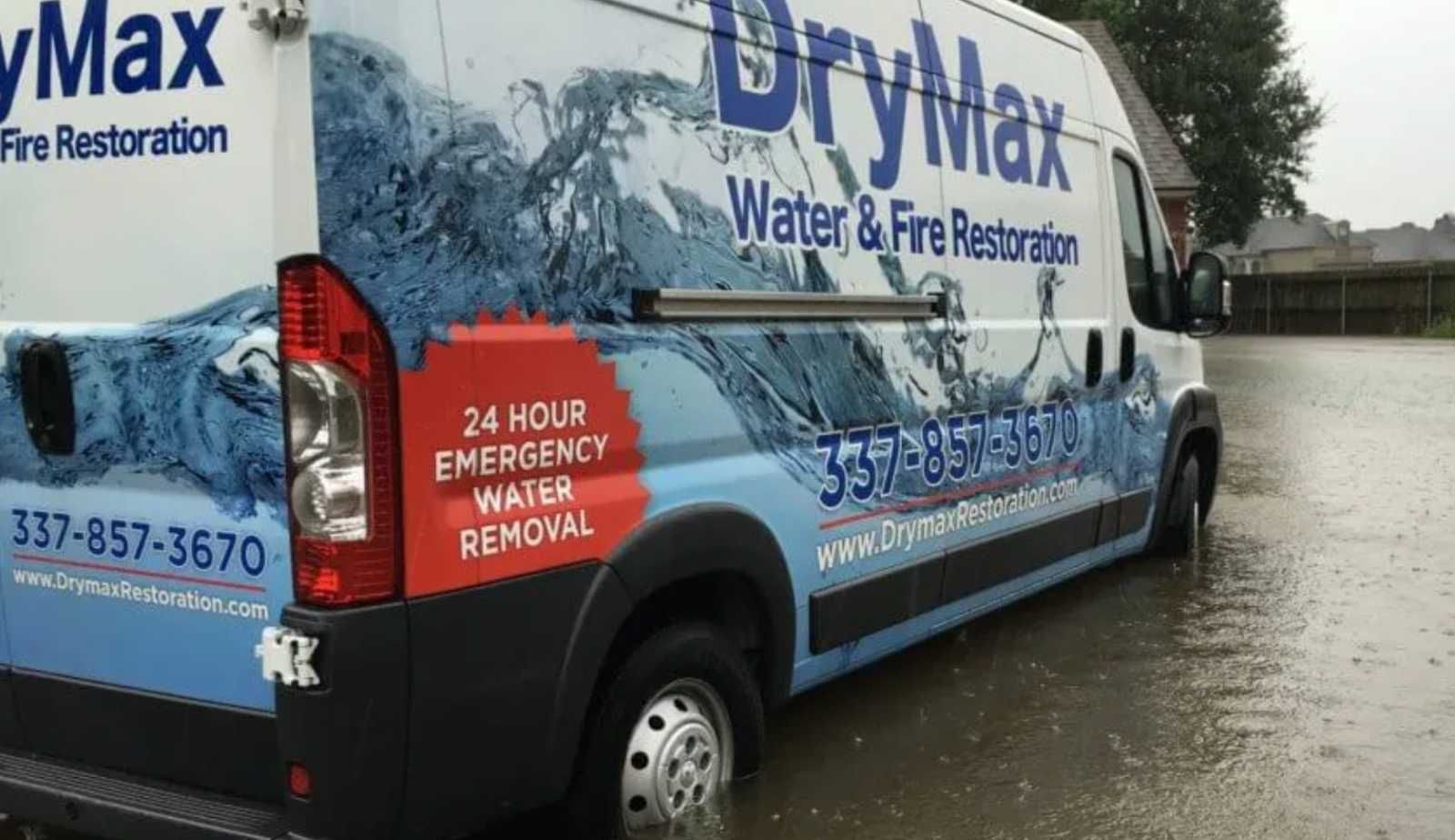Managing Water Damage Costs: Tips to Save Your Wallet
Understanding the financial risk and how to manage it when it comes to water damage costs, including factors influencing the costs, average repair costs, the importance of immediate action, tips for managing and reducing costs, insurance coverage and claims, the importance of water leak detection systems, and steps to take after water damage occurs.

Managing Water Damage Costs
Water damage restoration costs are influenced by various factors, including the type of water damage and the extent of the damage [5]. Understanding these factors is crucial for property owners to assess their financial risk exposure accurately and take necessary steps to manage potential costs effectively. Immediate action is also essential in water damage situations to prevent further damage and reduce overall restoration costs. By addressing water damage promptly, property owners can minimize the financial impact and expedite the restoration process.
When considering the factors influencing water damage costs, it's essential to delve into the specifics of each aspect. For instance, the level of contamination in water damage incidents, categorized as clean water, gray water, or black water, plays a significant role in determining the complexity of restoration and the associated costs. Understanding the differences between these categories can guide property owners in estimating the extent of damage and preparing for the corresponding restoration expenses.
The geographic location of a property can impact water damage costs significantly. Areas prone to natural disasters or high humidity levels may face higher restoration expenses due to the increased risk of water damage incidents. By recognizing these geographical influences, property owners can proactively implement measures to mitigate risks and reduce potential restoration costs. Additionally, the size of the affected area is a critical factor in determining the total cost of water damage restoration. Larger areas often require more extensive repairs, leading to higher overall expenses. Property owners can strategize cost-effective solutions based on the size of the affected area to manage water damage restoration efficiently.
Water damage costs can vary significantly depending on the type of damage and the extent of the affected area. For example, a property experiencing extensive flooding from a burst pipe in a high-humidity region may incur higher restoration costs compared to a minor leak in a dry climate. By understanding these factors and their implications, property owners can make informed decisions to mitigate financial risks and manage water damage effectively.
Factors Influencing Water Damage Costs
The level of contamination in water damage incidents, categorized as clean water, gray water, or black water, significantly impacts the complexity of restoration and the associated costs. For example, black water, which may contain sewage or chemicals, requires specialized cleanup procedures, leading to higher restoration expenses. Additionally, the geographic location plays a critical role in determining water damage costs, with areas prone to natural disasters or high humidity facing elevated restoration expenses. Property owners in these regions need to be prepared for potential water damage incidents and the financial implications involved. Moreover, the size of the affected area is another key factor in determining the total cost of water damage restoration, as larger areas necessitate more extensive repairs and restoration efforts.
To illustrate, consider a scenario where a home in a coastal area experiences flooding due to a hurricane, leading to significant water damage. The contamination level of the floodwaters, combined with the extensive area affected by the flooding, would result in higher restoration costs compared to a minor water leak in a small room. Understanding these factors can help property owners anticipate costs and plan for effective water damage restoration strategies.
Geographic location can significantly influence water damage costs, as regions prone to natural disasters or high humidity levels may experience more frequent and severe water damage incidents. For instance, properties located in hurricane-prone areas along the coast are at higher risk of flooding and water intrusion, leading to increased restoration expenses. By considering the geographical factors impacting water damage costs, property owners can better prepare for potential risks and allocate resources effectively to manage water-related challenges.

Average Costs of Water Damage Repair
Repair costs for water damage restoration can vary depending on the specific elements requiring attention. Generally, homeowners might expect to pay anywhere from $1,000 to $5,000 for lite to moderate water damage restoration in Louisiana. For more extensive damage, such as that caused by flooding or long-standing water issues, costs can escalate significantly, potentially reaching $10,000 or more. These estimates typically cover water removal, drying, and decontamination, but may increase if there is a need to repair or replace damaged walls, flooring, or fixtures.
If a burst pipe causes water damage to the ceiling and walls of a commercial property, the repair costs may include not only fixing the structural elements but also addressing any underlying plumbing issues. The total expenses would encompass labor costs, material expenses, and emergency service fees incurred during the restoration process.
Water damage repair costs can escalate quickly, especially when addressing structural elements like drywall, ceilings, and flooring. The severity of the damage and the materials required for restoration play a significant role in determining the overall repair expenses. For instance, repairing hardwood flooring damaged by water intrusion may cost between hundreds and thousands of dollars, depending on the extent of the damage and the type of flooring material used. Understanding the average costs associated with water damage repair can help property owners prepare financially and make informed decisions when faced with restoration needs.
Importance of Immediate Action in Water Damage Situations
Immediate action is paramount in water damage situations due to various reasons that can significantly impact the severity of the damage and associated costs. When water damage occurs, especially from sources like burst pipes, flooding, or leaks, time is of the essence to prevent further deterioration of the property. Acting promptly can help mitigate the spread of water, reducing the extent of damage to structural components like drywall, flooring, and ceilings. For instance, a minor leak left unattended can quickly escalate into a major issue, leading to more extensive repairs and higher costs.
Addressing water damage promptly is crucial to prevent secondary issues such as mold growth. Mold can start developing within 24 to 48 hours after water exposure, posing health risks to occupants and complicating the restoration process. By taking immediate action to dry and sanitize the affected areas, property owners can minimize the chances of mold infestation, thereby avoiding additional remediation expenses and health concerns. Additionally, swift water damage restoration efforts can salvage valuable belongings, documents, and furniture that might otherwise be irreparably damaged, saving property owners from significant financial losses.
The urgency of immediate action in water damage situations cannot be overstated. By acting swiftly to address water intrusion, property owners can prevent further damage, mitigate the risks of mold growth, and minimize restoration costs. Timely intervention not only safeguards the structural integrity of the property but also protects the health and well-being of occupants. Therefore, prompt response and efficient water damage restoration procedures are essential in managing the aftermath of water-related incidents effectively.

Tips for Managing and Reducing Costs Associated with Water Damage
When it comes to managing and reducing costs related to water damage, proactive measures can make a significant difference. Regular inspections of plumbing systems are crucial in detecting leaks early on, preventing extensive water damage that could lead to costly repairs down the line. For instance, inspecting pipes and appliances periodically can identify potential issues before they escalate, saving property owners from significant restoration expenses. Moreover, investing in sump pumps for basements and crawl spaces can mitigate flood risks, reducing the likelihood of water damage incidents and their associated costs. By implementing these preventive measures, property owners can safeguard their homes or businesses against water damage and minimize financial burdens.
Another effective way to manage and reduce costs associated with water damage is through proper insulation of pipes, especially in cold climates. Insulating pipes can prevent freezing and bursting, which are common causes of water damage in colder regions. By taking this preventive step, property owners can avoid the need for costly repairs resulting from burst pipes and subsequent water damage. Additionally, maintaining a consistent temperature in areas prone to freezing, such as attics and basements, can further reduce the risk of pipe bursts and the expenses related to water damage restoration. These proactive measures not only help in minimizing costs but also contribute to maintaining the structural integrity of the property, ensuring long-term protection against water-related issues.
Incorporating water leak detection systems can also be a valuable strategy for managing and reducing water damage costs. These systems are designed to detect leaks early, allowing property owners to address issues promptly and prevent extensive damage. For instance, advanced water leak detection technologies can provide real-time alerts to homeowners' smartphones, enabling quick action to mitigate potential water damage. By investing in these systems, property owners can proactively protect their properties, reduce repair expenses, and enhance overall risk management for water damage incidents. The installation of water leak detection systems is an effective preventive measure that not only helps in cost reduction but also promotes property safety and security.

Overview of DryMax Services in Louisiana
DryMax Mold offers comprehensive water damage restoration services in Louisiana, specializing in mold removal, inspections, and fire damage restoration. Their expertise in managing water damage risks in Louisiana has established them as a trusted provider of restoration services, prioritizing customer satisfaction and cost-effective solutions. DryMax's team of trained technicians utilizes advanced equipment and techniques to ensure efficient and thorough restoration, minimizing financial impact on clients.
For example, consider a case where a residential property in Alexandria, Louisiana, faces extensive water damage due to a severe storm. DryMax's prompt response, coupled with their tailored restoration plan, can help the property owner mitigate damage, reduce costs, and expedite the recovery process. By leveraging DryMax's professional services, property owners can benefit from expert guidance, efficient restoration procedures, and personalized solutions to address water damage concerns effectively. The company's commitment to excellence and customer-centric approach make them a reliable partner in managing water damage incidents and restoring properties to their pre-damage condition.
Insurance Coverage and Water Damage Claims
Understanding the limitations of insurance coverage for water damage is crucial for property owners to make informed decisions regarding their financial risks. While flood insurance policies typically cover damage resulting from external water sources like floods or storms, standard homeowners' insurance may not provide coverage for such incidents. Property owners should regularly review their insurance policies to ensure they have appropriate coverage for potential water damage scenarios. By understanding the specifics of their policy and any exclusions related to water damage, property owners can assess their financial exposure accurately.
Property owners should be aware of the types of water damage covered by insurance policies and the claims process to navigate water damage situations effectively. For instance, flood insurance typically covers damage caused by external factors like overflowing rivers or heavy rainfall, while standard homeowners' insurance may cover sudden events like burst pipes. Understanding the distinctions between these coverages is essential for property owners to determine the extent of their protection and potential out-of-pocket expenses. By staying informed about insurance coverage and seeking guidance from insurance professionals, property owners can effectively manage water damage risks and financial implications.
In situations where water damage occurs, property owners must document the damage thoroughly, communicate promptly with their insurance provider, and seek professional assistance for restoration. By following these steps and leveraging the expertise of restoration companies like DryMax, property owners can streamline the insurance claims process, ensure accurate assessment of damage, and expedite the restoration of their properties. Effective communication with insurance adjusters, contractors, and restoration experts can help property owners navigate the complexities of water damage claims and maximize their insurance coverage. By proactively managing insurance claims and seeking professional support, property owners can protect their financial interests and secure efficient restoration outcomes.
Importance of Water Leak Detection Systems
Water leak detection systems play a crucial role in preventing extensive water damage and minimizing associated costs. These systems are designed to alert property owners to leaks in pipes, appliances, or plumbing systems promptly. For instance, a smart water leak detector can provide real-time alerts to homeowners' smartphones, enabling them to take immediate action to address leaks and prevent further damage. By investing in water leak detection technology, property owners can proactively safeguard their properties, reduce repair expenses, and enhance overall risk management for water damage incidents.
The installation of water leak detection systems can offer peace of mind to property owners by providing an early warning system for potential leaks. These systems are particularly beneficial for detecting hidden leaks that may not be immediately visible, such as those behind walls or under floors. By identifying leaks early, property owners can address the issues promptly, preventing extensive water damage and the need for costly repairs. This proactive approach not only helps in maintaining the structural integrity of the property but also aids in ensuring a healthy and safe living environment for occupants.
Investing in water leak detection systems can yield long-term benefits for property owners by reducing the risk of extensive water damage and associated costs. By integrating these systems into their properties, homeowners can detect leaks early, prevent secondary damage, and safeguard their investments effectively. The proactive approach of installing water leak detection technology aligns with a comprehensive risk management strategy that prioritizes property protection and financial security.
Steps to Take After Water Damage Occurs
After experiencing water damage, it is vital to take immediate steps to mitigate further harm and initiate the restoration process promptly. One crucial action to take is documenting the extent of the water damage through photos and videos. This documentation serves as valuable evidence for insurance claims and helps restoration professionals assess the damage accurately. By documenting the affected areas comprehensively, property owners can streamline the claims process and facilitate a smoother restoration journey.
Contacting a reputable water damage restoration company like DryMax immediately after the incident is essential. Professional restoration experts can assess the damage, develop a restoration plan, and commence the cleanup and repairs efficiently. Timely intervention by experienced professionals can help limit financial losses, prevent secondary damage, and ensure a thorough restoration of the property. Property owners should prioritize safety during the restoration process by turning off electricity in flooded areas, wearing protective gear such as gloves and masks, and following recommended guidelines to minimize health risks. By taking these immediate steps after water damage occurs, property owners can ensure a swift and efficient recovery process while safeguarding their property and minimizing financial losses.
Handling water damage incidents promptly and efficiently is crucial to minimizing damage and reducing restoration costs. After a water-related incident, property owners should act swiftly, document the damage, and engage professional restoration services to ensure thorough cleanup and repairs. By following the necessary steps and seeking expert assistance, property owners can mitigate financial risks, protect their properties, and restore them to their pre-damage condition effectively. In situations where water damage occurs, prompt action and professional support are key to successful restoration outcomes.
Effective Strategies for Managing Water Damage Costs
When it comes to managing water damage costs effectively, implementing preventive measures is key. Regular maintenance of plumbing systems can help detect leaks early, preventing extensive water damage and costly repairs. For instance, inspecting pipes and appliances periodically can identify potential issues before they escalate, saving property owners from significant restoration expenses. Moreover, reviewing insurance policies regularly is crucial in managing water damage costs. Understanding the limitations of insurance coverage for water damage can help property owners assess their financial risk exposure accurately. Flood insurance policies typically cover damage caused by external water sources like floods or storms, while standard homeowners' insurance may not provide coverage for such incidents. By staying informed about their insurance coverage and considering additional options such as hazard insurance, property owners can protect themselves against unexpected water damage costs. Taking proactive steps such as insurance policy reviews and flood risk assessments can significantly contribute to effective water damage cost management and financial risk reduction.
Property owners can benefit from proactive maintenance practices, insurance coverage evaluations, and quick response strategies to minimize the financial impact of water damage incidents. By staying vigilant, investing in preventive measures, and partnering with trusted restoration professionals like DryMax Mold, individuals can navigate water damage challenges effectively, reduce costs, and restore their properties to their pre-damage condition.
For tailored solutions and expert guidance on water damage restoration, visit DryMax Water - Fire - Mold's website to explore a comprehensive range of services designed to address water damage concerns efficiently.
You might also like
DryMax Restoration Blogs




